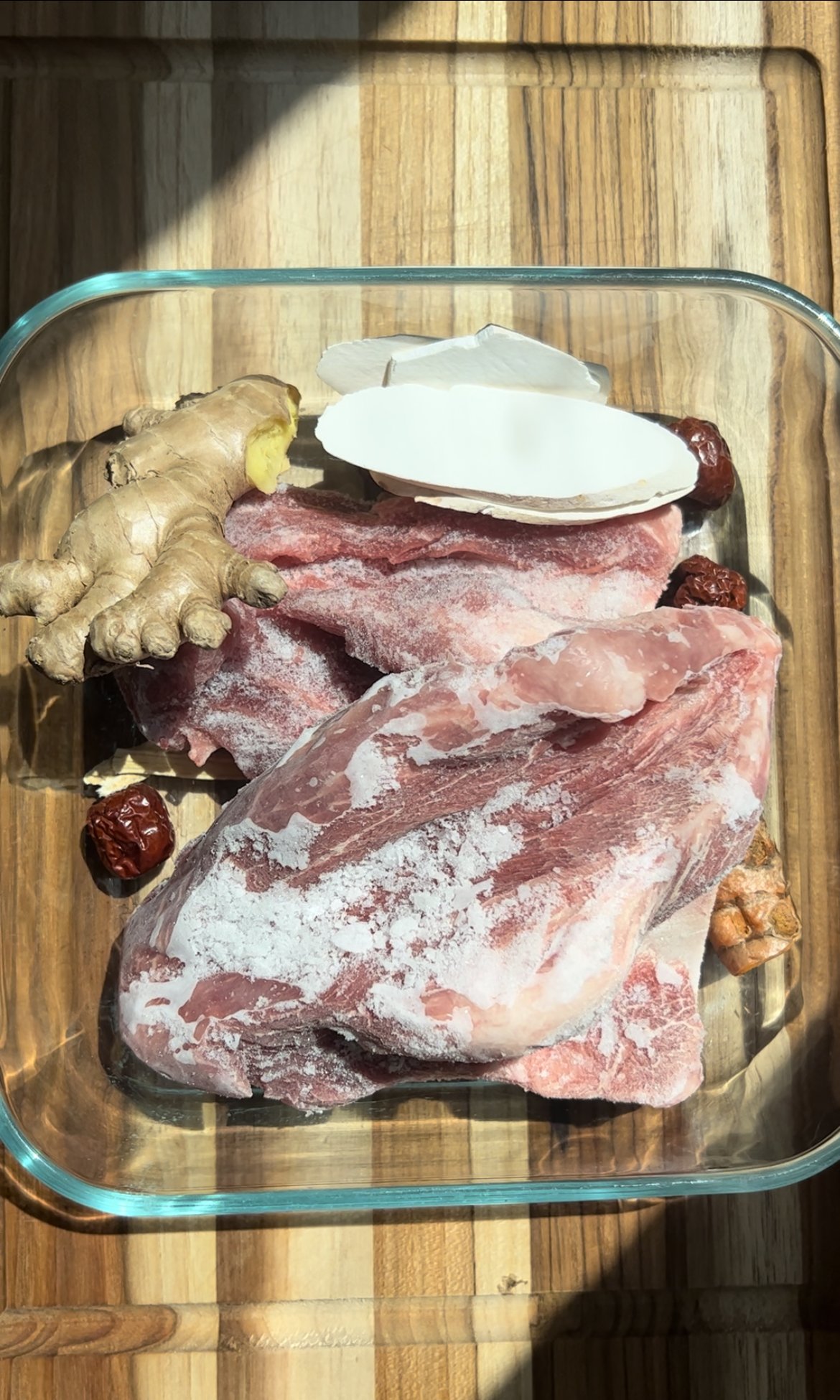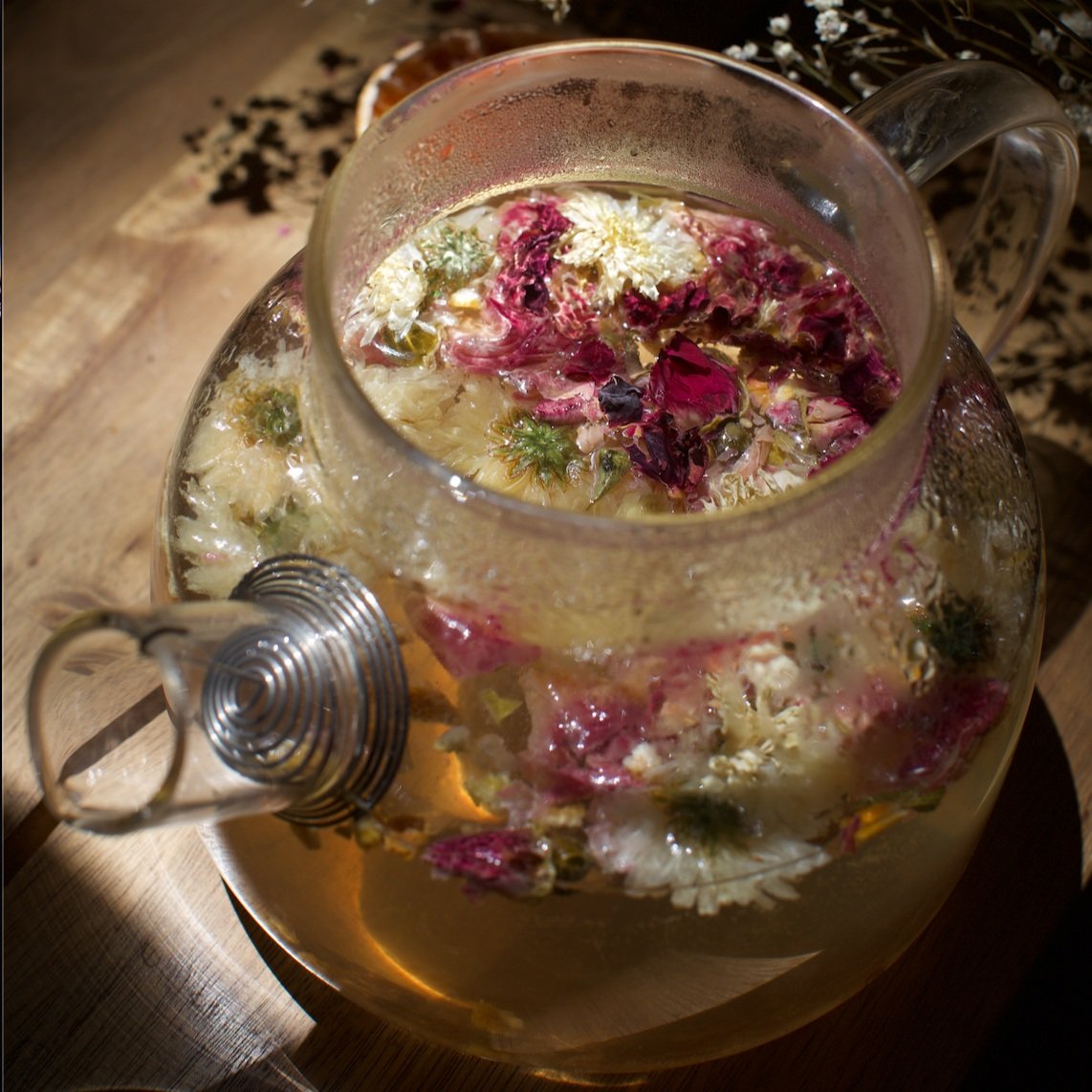Herbs and Foods for Hormonal Balance
Hormones act as chemical messengers that regulate nearly every process in the body.
When hormones are functioning properly, they help maintain a state of homeostasis, or balance, within the body’s systems.
However, when disrupted, they can have far-reaching effects on physical, mental, and emotional health.
Hormones regulate many vital bodily functions. Some of their key roles include:
Metabolism: Hormones like thyroid hormones (T3 and T4), insulin, and cortisol play a crucial role in controlling metabolism, influencing how the body converts food into energy. Balanced hormones help regulate weight, energy levels, and even body temperature.
Mood: Hormones such as serotonin, dopamine, cortisol, and estrogen directly influence mood and emotional well-being. Imbalances can result in anxiety, depression, irritability, and mood swings. For example, high cortisol from chronic stress can lead to feelings of fatigue and anxiety, while low serotonin levels can result in depression.
Sleep: Sleep hormones like melatonin and cortisol are essential for regulating the sleep-wake cycle, also known as the circadian rhythm. Disruptions in these hormones can lead to insomnia, poor sleep quality, and fatigue, affecting overall health.
Reproduction and Sexual Health: Sex hormones like estrogen, progesterone, and testosterone are crucial for reproductive health, sexual function, and fertility. Imbalances can lead to issues such as irregular menstrual cycles, infertility, low libido, and menopause or andropause symptoms.
Foods and Herbs for Hormonal Balance
1. Ashwagandha
Ashwagandha is an adaptogen renowned for its ability to help the body manage stress, one of the main culprits behind hormonal imbalances. It supports the adrenal glands, which produce stress hormones like cortisol. By calming the nervous system, Ashwagandha helps regulate cortisol levels, which in turn can promote balance in sex hormones such as testosterone and estrogen.
How to Use: Ashwagandha can be consumed in powder form, added to smoothies, or taken as a supplement.
2. Avocado
Rich in healthy fats and antioxidants, avocados play a critical role in supporting hormone production. The monounsaturated fats in avocados are building blocks for hormones, particularly reproductive hormones like estrogen and progesterone. Additionally, avocados are rich in magnesium, which helps support stress hormone regulation.
How to Use: Add avocado to salads, smoothies, or enjoy it on toast for a creamy, nutrient-dense boost.
3. Maca
Maca root, grown in the Andes mountains, has long been used to support fertility and energy levels. It is known to balance estrogen levels in women and boost testosterone in men, promoting overall reproductive health. Maca also supports the endocrine system, which helps regulate other hormone-producing glands in the body.
How to Use: Maca is available in powder form and can be mixed into smoothies, oatmeal, or beverages.
4. Chaste Berry (Vitex)
Chaste berry, also known as Vitex, is commonly used for balancing female reproductive hormones. It helps regulate the pituitary gland, which controls the release of luteinizing hormone (LH) and follicle-stimulating hormone (FSH). This makes it particularly beneficial for relieving symptoms of premenstrual syndrome (PMS), irregular menstrual cycles, and menopause.
How to Use: Chaste berry is available in tincture or capsule form and can be taken daily for hormone support.
5. Cruciferous Vegetables
Cruciferous vegetables like broccoli, cauliflower, and Brussels sprouts contain compounds such as indole-3-carbinol (I3C), which help detoxify excess estrogen from the body. These vegetables also support liver health, aiding in the breakdown and removal of hormone metabolites, particularly estrogen, which can cause imbalances if accumulated.
How to Use: Incorporate steamed or roasted cruciferous vegetables into meals to enhance your body’s hormone detox pathways.
6. Schisandra Berry
Schisandra is a traditional adaptogen used in Traditional Chinese Medicine (TCM) to support liver function and balance hormones. It helps reduce cortisol levels and supports the body's response to stress. Schisandra is also beneficial for stabilizing estrogen levels and improving vitality and reproductive health.
How to Use: Schisandra can be consumed in tincture or powdered form and added to beverages.
7. Salmon
Wild-caught salmon is an excellent source of omega-3 fatty acids, which are vital for hormone production and balancing inflammation in the body. Omega-3s can reduce stress hormone production and support the synthesis of sex hormones, contributing to overall balance.
How to Use: Include wild-caught salmon in your diet twice a week, either grilled or baked for optimal nutrition.
8. Red Raspberry Leaf
Red raspberry leaf is a nourishing herb traditionally used to support female reproductive health. It helps tone the uterus, making it especially beneficial for fertility and during pregnancy. Its rich content of vitamins and minerals supports overall hormonal health.
How to Use: Enjoy red raspberry leaf as an herbal tea or infusion for ongoing support.
9. Motherwort
Motherwort is known for its calming effects on the nervous system and its ability to support heart and reproductive health. In TCM, it’s used to regulate menstrual cycles and relieve PMS and menopause symptoms. Motherwort also aids in reducing anxiety, a major disruptor of hormonal balance.
How to Use: Motherwort can be taken as a tincture or consumed in tea form.
10. White Peony
In Traditional Chinese Medicine, white peony root is used to nourish the blood and regulate the liver, which plays a key role in hormone metabolism. It helps balance estrogen levels, especially during menopause or when experiencing symptoms of estrogen dominance.
How to Use: White peony root can be used in herbal formulas or consumed as a tea.
11. Dong Quai
Often referred to as the “female ginseng,” Dong Quai has been used in TCM for centuries to support women’s reproductive health. It helps regulate menstrual cycles, alleviate PMS, and relieve menopausal symptoms. Dong Quai supports circulation and aids the body in balancing estrogen levels.
How to Use: Dong Quai is commonly available as a tincture, capsule, or in dried form for tea.
12. Black Cohosh
Black cohosh is a well-known herb for supporting women's hormonal balance, particularly during menopause. It mimics the effects of estrogen, helping to alleviate symptoms such as hot flashes, night sweats, and mood swings associated with low estrogen levels.
How to Use: Black cohosh is commonly taken in capsule form or as a tea.
13. Shan Yao (Chinese Yam)
Shan Yao, also known as Chinese Yam, is used in TCM to nourish the spleen and kidneys, both of which are crucial for hormone regulation. Shan Yao helps support the production of progesterone and estrogen, promoting balance, particularly in women with irregular cycles or fertility challenges.
How to Use: Shan Yao can be added to soups and stews or consumed as a powder.




